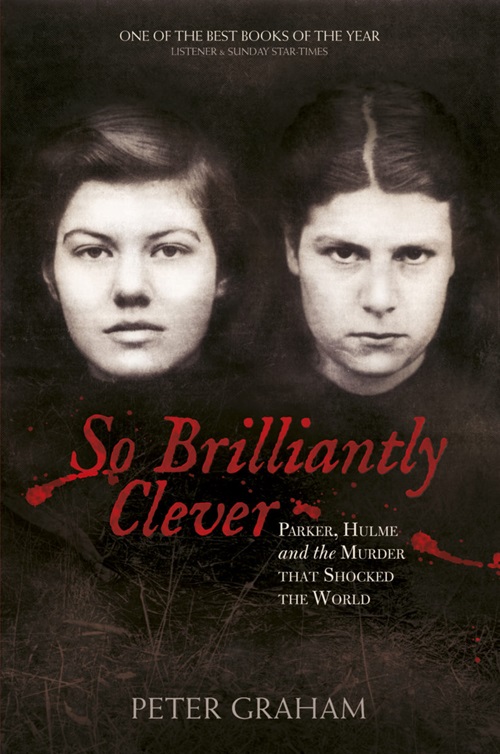 For a small nation, New Zealand has had more than its fair share of headline-grabbing murders, but there are few that would rival the 1954 murder of Christchurch woman Honorah Parker.
For a small nation, New Zealand has had more than its fair share of headline-grabbing murders, but there are few that would rival the 1954 murder of Christchurch woman Honorah Parker.
The name of the victim may not be as familiar as that of the two teenage girls who committed the awful crime: Juliet Hulme and Pauline Parker, the daughter of the victim.
The story made headlines around the world and was made into a movie by our own Peter Jackson, with Kate Winslet and Melanie Lynskey in the starring roles in Heavenly Creatures.
But unlike so many movies, this story wasn’t a work of fiction: it was a sickening murder of an unsuspecting mother by her daughter and her friend, who as callous as they were in carrying out the brutal bashing of Mrs Parker, were also naive enough to believe that by removing her from their lives, they would be able to stay together forever.
Parker and Hulme went with Mrs Parker to a remote park in Christchurch. Shortly after they arrived, Parker’s mother was dead and the girls were claiming she had fallen. However, they had done little to cover their crime and within hours Parker was arrested. The next day, Hulme was also in custody.
As the story unfolded in court, the entire country was caught up in a tale of secrets and lies, and bizarre behaviour both before and after the crime had been committed.
It was a story that was sensational in the 1950s and if it happened today would still be sensational: there are some crimes that are so awful we cannot become desensitised to them and matricide committed by a daughter is rare enough, and this crime brutal enough, and the perpetrators young enough, that we are still shocked by it today.
Author Peter Graham worked as a barrister in Hong Kong for 30 years before returning to New Zealand to launch a career as a crime writer.
He has obviously spent a lot of time researching the background to this story and has put together a book that is incredibly detailed. There are times when the details are a little too much (for example, I doubt many of us would be reading this book to learn about the architecture of the police station), but the story of how this crime happened is strong enough to make up for that.
This is a sizeable book to get through but isn’t a chore, and even though I believed I knew most of the relevant facts about the case, I still learned a lot in reading this book, which covers the dysfunctional family history, the planning of the murder, the trial and imprisonment of the girls and also their release and lives today, with Parker’s reclusive lifestyle and Hulme’s successful career as a crime author, writing under the name of Anne Perry.
I suppose anyone writing about true crime in New Zealand is always going to end up looking at this case, and Graham has done a particularly good job of presenting it, mixing documentary with novel, successfully blending the facts into a book that is very easy to read.
